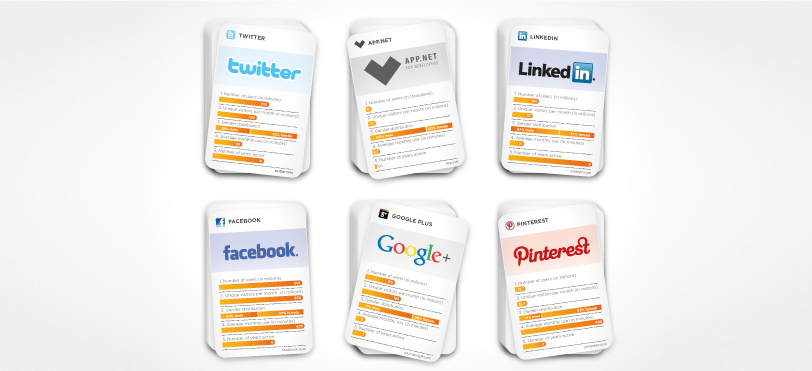LinkedIn will soon be offering a platform upon which companies can publish content, such as whitepapers, news articles, discussion threads, and more.
In theory, this shifts LinkedIn from being a networking and recommendations site to being a B2B marketing hub through which businesses can reach a user base of over 200 million people.
Pros: LinkedIn’s userbase
Because LinkedIn is used by professionals, it lends itself well for publishing B2B content. At the risk of generalising, Facebook users tend to see it as a place for personal stuff, not business. And some people struggle with Twitter’s 140-character limit. Tumblr might be one of the most popular social networks these days, but it’s not easy to search for particular pages. And half of its users are under the age of 25 and, as a result, are unlikely to be the senior budget-holders you’re looking to reach. Pinterest is quickly growing in popularity but its 10 million users might be more inclined to pin consumer-related content such as food and drink, arts, and home decor instead of your latest cloud services or business-process consulting offering.

You could simply publish content on your site where you can play by your own rules—but is your website really the best place for fuelling natural discussion and debate over your content? Will you have to deal with the hurdles of getting content past your IT department? And (being honest) does your website draw enough monthly traffic to merit posting your content there alone?
Cons: LinkedIn’s rules
As we discussed in our post about Facebook last year, using any third-party site means following its regulations—which may change at any time, and not necessarily to your benefit. There are big questions that you need to consider:
- Will you have to follow guidelines about what you can and can’t post?
- How often will you be allowed to publish material?
- Will your material have to fit particular formatting?
- Will you get access to analytics tools for determining the number of downloads or views per deliverable?
- Will you have to pay to publish—if not now, perhaps in future when you’re tied in?
- What data will be collected about your interactions and customer downloads?
- What will they do with that data—like using it to sell ads to your competitors?
- What will be placed next to your content? There have been some unfortunate juxtapositions in advertising history.
LinkedIn’s plans to place sponsored content in users’ feeds, much like conventional adverts, is also concerning. Instead of the best content rising to the top through network effects, might LinkedIn force sponsored content ahead in searches?
Conclusion: You get out what you put in
As an extremely popular, independent, business-centric network, LinkedIn seems like the perfect place for publishing content and engaging with your customers. But remember, social is a two-way thing, and you shouldn’t simply bombard your target audience with content and assume that the leads will follow. Look to the unique value of the network as a source where you aggregate new ideas for content, promote interaction, make contacts and solve problems. We’re not saying LinkedIn should replace your website or the way in which you already publish content—but it could be a very useful addition to your marketing arsenal.
Posted by John on 4 March 2013